After the U.S., Latin America Raises Tariff Walls, Escalating Global Pressure on Chinese E-Commerce
Input
Changed
Logistics Industry Paralyzed by New Trade Barriers
Latin American Drive for Industrial Protection Ends in Tariffs
Protectionist Wave Paves the Way for Bloc-Based Economies
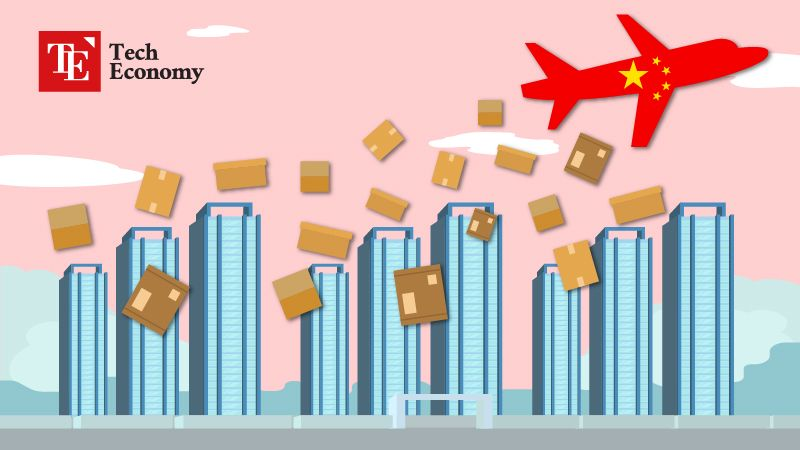
The United States’ decision to scrap its duty-free rule for parcels valued under $800 has jolted global distribution networks. As many logistics firms halt shipments to the U.S., China’s Temu has resumed direct deliveries in a bid to push through the disruption. Yet with Latin American countries also imposing duties on low-value parcels, Chinese e-commerce companies now face mounting obstacles in their global expansion strategies.
Curbing China’s Low-Cost Offensive
On August 27, reports confirmed that starting on the 29th, Washington will end duty-free treatment for small parcels worth less than $800. Instead, these parcels will be subject either to ad valorem duties proportional to value at rates ranging from 10 to 50 percent, or to specific tariffs of $80 to $200 per item. For six months, shippers may choose specific tariffs, but thereafter only ad valorem duties will apply.
The policy shift is reverberating through global trade and logistics. DHL and other major couriers have already suspended U.S.-bound shipments, citing confusion and uncertainty. Postal authorities in multiple exporting countries have taken similar steps. The move is widely seen as the single biggest setback for China’s low-cost e-commerce platforms—AliExpress, Temu, and Shein—that had rapidly expanded in the U.S. by leveraging duty-free treatment.
Temu, expected to be the biggest loser, has instead declared a counteroffensive, resuming U.S.-bound deliveries it had halted in May. The company seized on the “tariff truce” reached at recent U.S.-China trade talks, which lowered its applicable rate to 54 percent. By restarting its “fully managed delivery” service that covers logistics and customs on behalf of suppliers, and expanding U.S. advertising, Temu is betting it can hold its ground.
Analysts argue that a 54 percent tariff is manageable. With broad-based tariff hikes raising costs for mainstream brands and retailers, the relative pressure on Temu and Shein eases. “The overall increase in tariffs under President Trump means mainstream brands will also be forced to hike prices, reducing the squeeze on Temu and Shein,” said Shenglu Cheng, professor of fashion and apparel studies at the University of Delaware. “At current levels, direct shipping from China to the U.S. remains more cost-efficient than running local warehouses or inventory.”
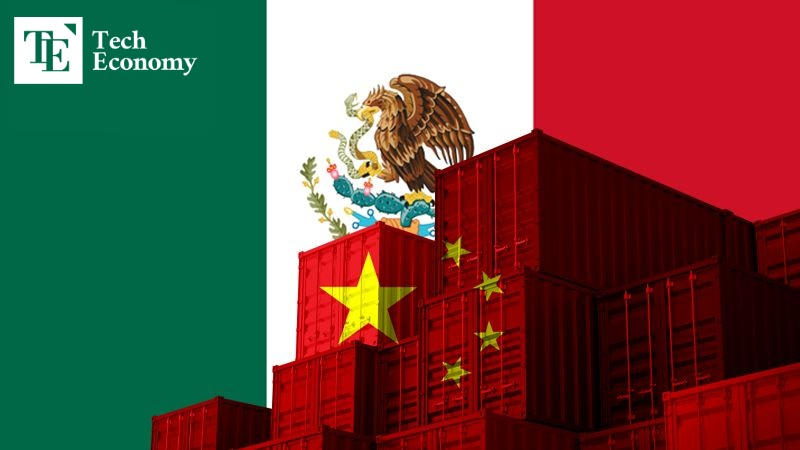
Anti-China Push Extends to Latin America
But even in Latin America—long seen as more open to Chinese imports—barriers are rising. Mexico has raised tariffs on parcels from non-FTA countries from 19 percent to 33.5 percent. Chile now applies a 19 percent VAT to parcels under $41. Ecuador maintained its $1,600 annual duty-free threshold but introduced a $20 per-parcel fee. Uruguay is preparing legislation to levy VAT on direct imports from all countries except the U.S.
The tightening reflects fears that China’s oversupply is squeezing local industries. Bloomberg data show Temu’s monthly active users (MAUs) in Latin America surged 143 percent year-on-year in the first half of 2024, hitting 105 million. Shein reached 157 million, up sharply from 134 million a year earlier, while AliExpress also posted strong growth. Local platforms such as MercadoLibre (1.442 billion MAUs) and U.S.-based Amazon (553 million) remain formidable, but with Chinese firms ramping up ultra-low-cost competition, few believe local players can survive on price alone.
The problem is that new taxes risk hitting consumers hardest. Chile’s consumer group Conadecus warned, “VAT hikes will only burden households already stretched thin.” Many consumers still prefer cross-border shopping. For instance, a Ninja wireless blender costs $180 at a Quito electronics store in Ecuador, compared with $60 on Amazon and just $13 on Temu. Such extreme price gaps mean that even higher taxes may not dampen demand.
Logistics bottlenecks are already evident. Uruguay’s airport has only five staff processing parcels, leading to weeks-long delays. Chile has doubled its customs workforce but still struggles with volume. In Colombia, imports of Chinese parcels routed through the U.S. are rising. Governments acknowledge that tariffs alone cannot contain China’s low-cost surge, but for now see no alternative but to toughen measures. Over time, however, cumulative policy effects could slow Chinese expansion.
China’s Latin America Partnership Loses Shine
For years, Beijing has sought to deepen ties in Latin America through trade, investment, and financing, but the latest developments show the strategy facing backlash. In Brazil, higher U.S. tariffs on coffee—a key export—are nudging the country closer to China. Elsewhere, however, governments are leaning toward curbing Chinese imports through tariffs. China’s outreach is not translating into trust, and instead is feeding into protectionist arguments for shielding domestic industries.
Excluding Brazil, the region’s alignment reflects the spread of protectionism. By following Washington’s lead on tariffs, Latin America is moving toward a bloc-oriented trade system. For Beijing, this spells a structurally adverse environment. While China leans on BRICS members like South Africa and India to offset these headwinds, suspicion in Latin America runs deep. Concerns over overcapacity, subsidies, and market erosion mean Beijing’s envisioned “Latin America partnership” remains incomplete.
The result is that, aside from Brazil, Latin America’s stance is placing significant constraints on Chinese firms’ global ambitions. For now, consumer preference for cheap imports sustains momentum, but as policy winds turn hostile, long-term viability is increasingly uncertain. Facing simultaneous pressure from both Washington and Latin America, Beijing risks further geopolitical isolation—and ultimately a shrinking foothold in the global marketplace, according to trade analysts.



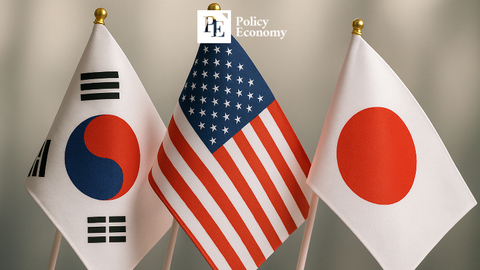
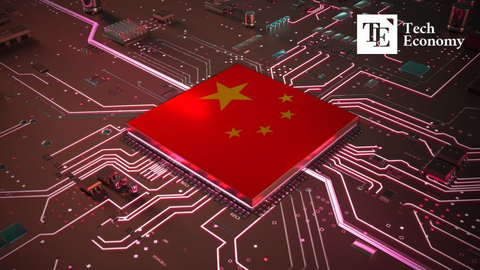

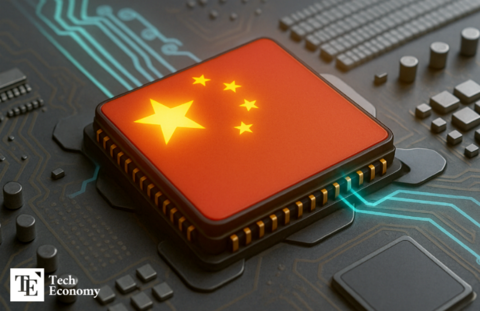
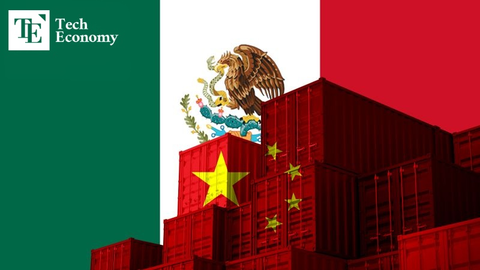
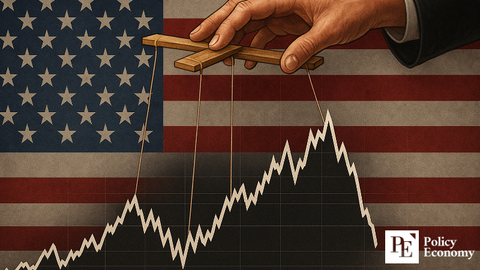













Comment